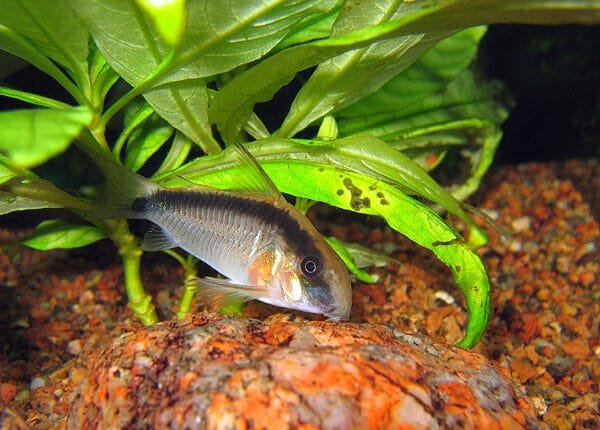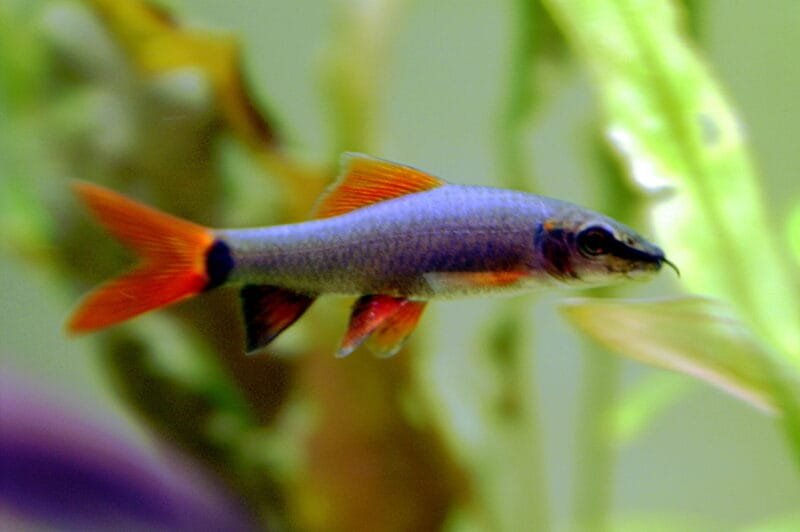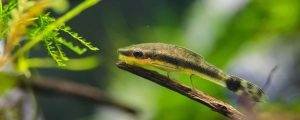Bloodworms, whether live or frozen, are a highly sought-after food source among aquarium enthusiasts due to their exceptional nutritional value and the variety of fish that benefit from them. In this blog post, we will explore the advantages of incorporating bloodworms into your aquarium fish’s diet, the differences between live and frozen bloodworms, their origins, and any considerations for fish that should avoid this tasty treat.
Nutrient-Rich Bloodworms: A Feast for our Fishy Friends
Bloodworms, the larvae of midge flies (Chironomidae), are aquatic insects found in freshwater habitats. These nutrient-rich morsels serve as an excellent dietary supplement for a wide range of aquarium fish due to their high protein content, essential amino acids, and other vital nutrients. Here are some benefits:
- High Protein Content: Bloodworms are a protein-packed treat, making them an ideal supplement for carnivorous and omnivorous fish. Protein supports muscle growth and overall health.
- Essential Amino Acids: Amino acids are the building blocks of proteins. Bloodworms provide a balanced profile of amino acids, fulfilling your fish’s nutritional needs.
- Natural Pigments: Regular consumption of bloodworms can enhance the vibrant colors of fish, particularly in species like Bettas and Discus.
- Enhanced Immune System: The nutrients in bloodworms, including vitamins and minerals, contribute to a robust immune system, helping fish resist diseases.
Live vs. Frozen Bloodworms: Which is Better?
Both live and frozen bloodworms have their advantages and can be used based on your fish’s preferences and your convenience:
- Live Bloodworms: These are a natural, live prey option that can stimulate hunting behavior in fish. However, they require special care and may introduce pathogens or parasites if not sourced from reputable suppliers.
- Frozen Bloodworms: Frozen bloodworms are a convenient and safe option. They are usually flash-frozen to retain their nutritional value. Thaw before feeding and ensure they are properly cleaned to remove any residue.
The Source of Bloodworms: Where Do They Come From?
Bloodworms are harvested from freshwater habitats like ponds, marshes, and slow-moving streams. They are carefully collected, processed, and prepared for the aquarium trade. It’s crucial to source bloodworms from reputable suppliers to ensure they are free from contaminants.
Are There Any Fish to Avoid Feeding Bloodworms?
While bloodworms are a nutritious treat for many fish, some species may not benefit from or may have adverse reactions to them. Generally, avoid feeding bloodworms to herbivorous and strictly algae-eating fish, as they have different dietary requirements. Always consider your fish’s natural diet and consult with an experienced aquarist or expert if you’re unsure.
Conclusion
In conclusion, bloodworms are a nutritional delight that can bring out the best in your aquarium fish. Whether you choose live or frozen options, the benefits of incorporating bloodworms into your fish’s diet are clear: enhanced colors, robust health, and a satisfying meal that mimics their natural prey. Just remember to source them from trusted suppliers, and your fishy friends will thank you for this delectable addition to their menu.





